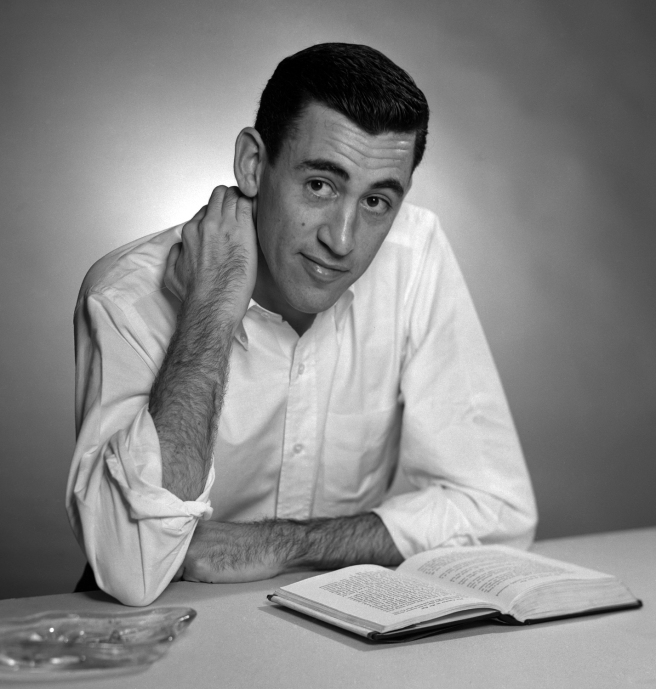By Swati Sinha
Day 4 of Literati was a true sight of delight and ardor. The 4 day festival that was a tribute to the Indian writer Mahasweta Devi came to a euphoric end today, with several events compelling the audience to stick to their chairs throughout.
The festival began with the much awaited theatrical rendition of the play Rudali written by Devi. Directed by alumnus Deepak Dhruvkumar H and adapted by Minal Sukumar of II M.A. English, the play showcased the powerful portrayal of the character of Shanichari, (enacted by Divya Malhari of II M.A. English) a lower caste woman who works as a Rudali to earn her bread and butter.
This short adaptation succeeded in capturing the essence of Devi’s intentions to highlight the plight of lower caste women who had to turn a natural, humane and personal mode of catharsis into labour for commerce for survival. Students from both I and II M.A. English comprising of the cast and crew left the audience absolutely speechless and were appreciated with a thunderous applause.
The second event of the festival included an academic talk by Dr. Sushma Murthy, an Associate Professor in Christ University, Bangalore who spoke on feminism in relation to the web of caste and class embedded in the crux of India. Her paper dealt with Devi’s writings and their interpretations not just of feminism or caste and class issues but an ontological study of the aspect of performativity of a human’s body and lived experiences.
Several of Devi’s stories such as The Breast Stories and Baayen were taken as examples foregrounding scholars such as Spivak, Kant and Said who elaborated on the condition of the subaltern immensely. Her presence was truly an icing on the cake for the students who learned enormously from her words of wisdom.
The participants and volunteers who toiled hard to organize Literati were presented with certificates of appreciation by Dr. Sushma Murthy and the PG English Department Co-ordinator, Dr. Padma Baliga.
Followed by this was the finale act put together by the music team comprising of students from both I and II M.A. English led by Christy Thomas and Vinaya Grace Mary from I M.A. English. It included songs of hope, togetherness and the importance of the subaltern – some highlighted Devi’s themes such as Raise Me up by Josh Groban, Love of the Common People by Paul Young, Dil Hoom Hoom Kare from Rudali by Lata Mangeshkar and Send It On by Disney’s productions. It was a perfect end to the evening, as the music that has no language brought the audience together, who could not hold themselves to the seats and sang and danced along with the performers.
Literati 2016 was wrapped with Dr. V Shilpa extended a vote of thanks to all the students and teachers for making it a grand success.
Needless to say Literati was a festival that not only honoured a legendary writer and celebrated her works but also gave the PG English department to come together and share art, smiles and spirit for life pure in nature. Literati 2017 is indeed awaited!


















